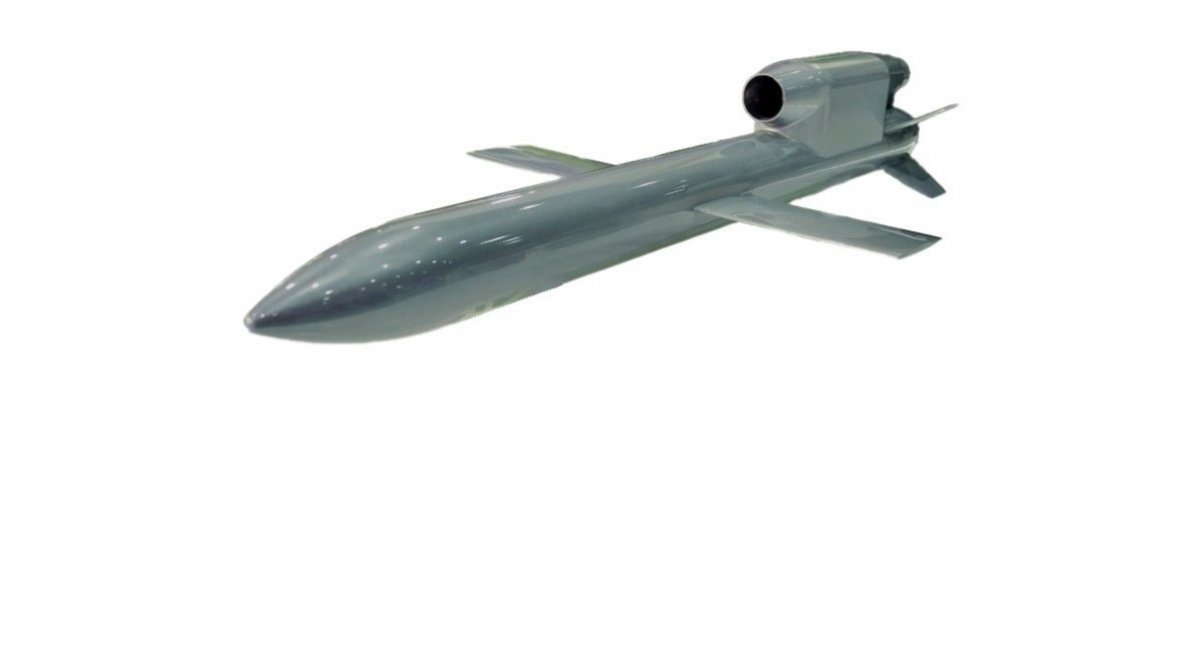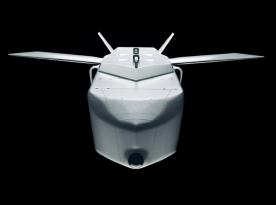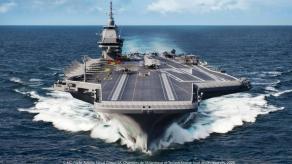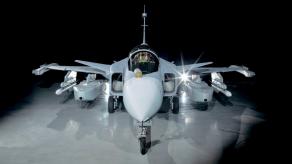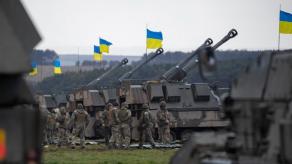The FP-5 Flamingo cruise missile has several critically important advantages: a warhead weighing 1,000 kg, a flight range of 3,000 km, and apparently a relatively simple design optimized for mass production. But every advantage comes at a cost.
Mass production is achieved through using a straight, non-folding wing and the absence of containerized launch capability. These choices reduce complexity but also mean the missile requires longer pre-launch preparations. The range and firepower, however, come at a different cost. A missile that must carry enough fuel to fly 3,000 km inevitably grows in size.
The FP-5 Flamingo has a take-off weight of 6 tons and a wingspan of 6 meters. For comparison, the L-39 Albatros trainer aircraft has a maximum take-off weight of 4.7 tons and a wingspan of 9.5 meters.
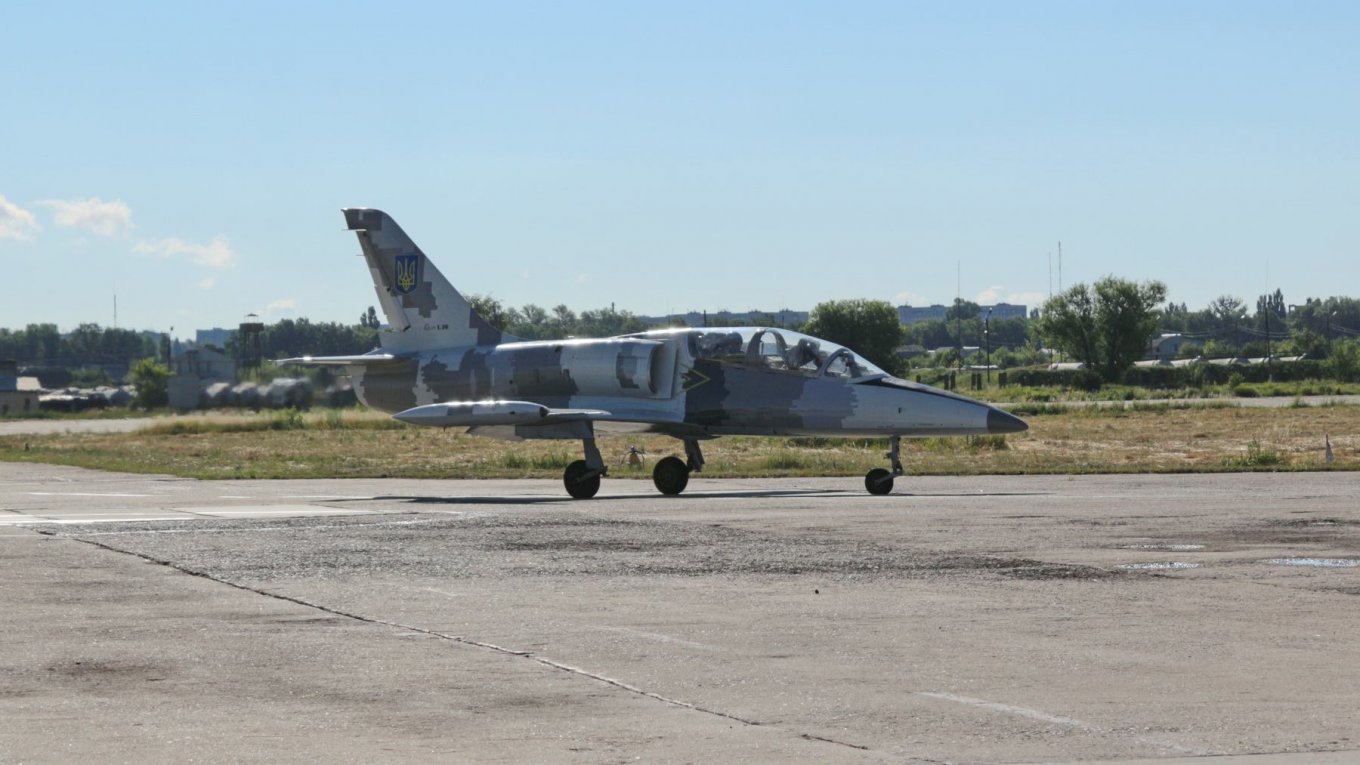
In terms of cruise missile design, the FP-5 is closer to the American MGM-1 Matador and MGM-13 Mace from the 1950s–60s. The MGM-13 Mace, for instance, had a take-off weight of 8.5 tons, a 7-meter swept wing, and a range of up to 2,400 km.
The larger the missile, the more noticeable it becomes. To further simplify production, the FP-5 does not employ technologies to reduce radar visibility. Low-altitude flight along terrain contours can help bypass ground-based radars and air defense, but airborne radars mounted on fighters have long been capable of detecting such targets against ground clutter.
Therefore, the main principle of using the FP-5 effectively rests on the fact that deeper into russian territory air defenses thin out. This has already been demonstrated: russian long-range defenses have previously failed to stop Ukraine's large Tu-141 Strizh drones, which are similar in size to the FP-5.
In other words, while lacking stealth is a drawback, it is not a critical one, otherwise such a missile would not have been created with such a range and warhead in the first place.
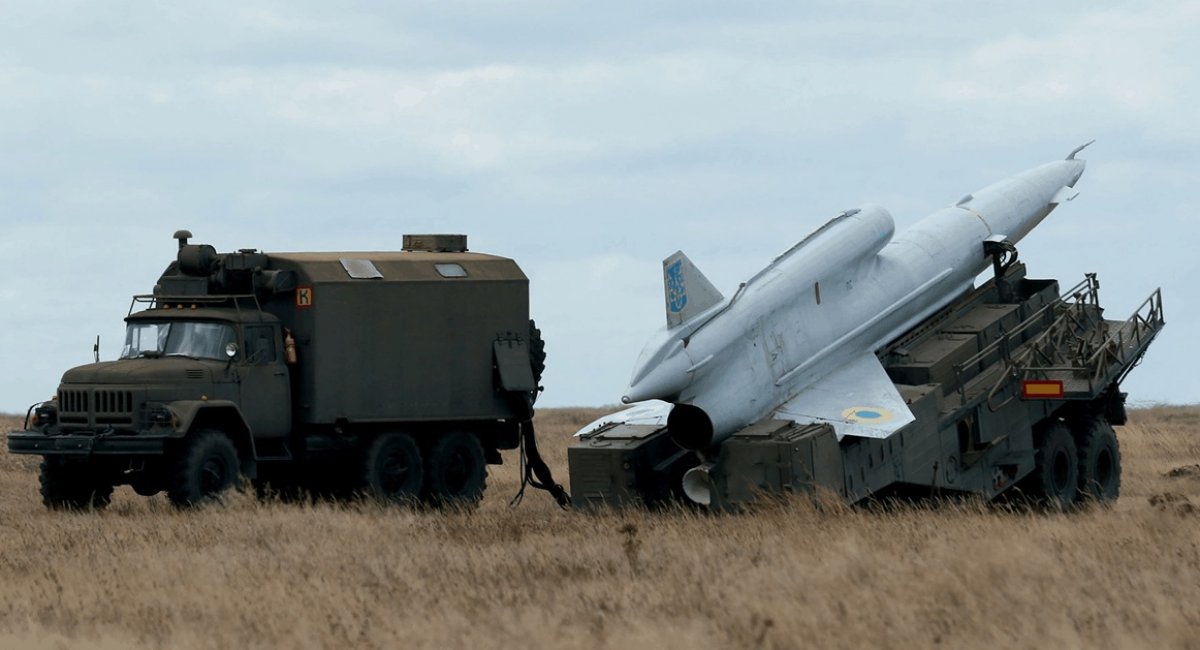
The missile's size also dictates the need for a powerful engine. For reference, the 1.3-ton Tomahawk (without booster) is powered by a Williams F107 turbojet producing 3.1 kN of thrust.
By contrast, the earlier mentioned 8.5-ton MGM-13 Mace used an Allison J33-A-41 with 23 kN, while the 5.4-ton Tu-141 Strizh employed the KR-17A turbojet with 19.6 kN. From these parameters, the FP-5 Flamingo's required engine thrust falls within the 20–23 kN range — a class of large engines more typical for trainer aircraft or small business jets nowadays.
Engines in this category include the Honeywell (formerly Garrett) TFE731, with 22.2 kN of thrust, or early non-afterburning variants of the Rolls-Royce Adour, starting at 22 kN. Ukraine's AI-322 offers slightly more power at 24.5 kN, though with a lower thrust-to-weight ratio — not a critical drawback. Another candidate is the AI-25TL, also Ukrainian, producing 17 kN and used on the L-39.
All these purely illustrative examples show that we are dealing with full-scale aircraft engines, not specialized compact missile engines.
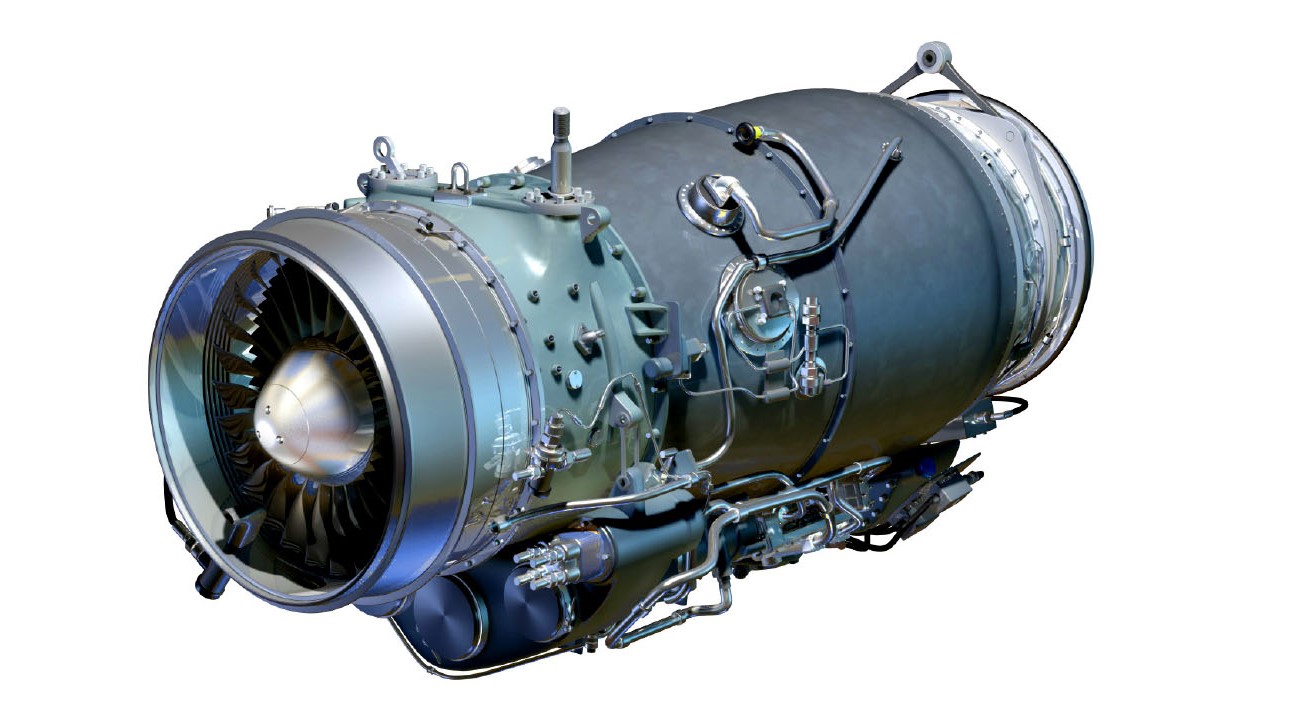
An important consideration is availability. The Adour and AI-25, for example, have been produced in large quantities, numbering in the thousands. Many units, though long retired from flight service, may still be stored and usable. For cruise missiles, this is acceptable: the engine only needs to function reliably for about four hours, long enough for the FP-5 to reach the target.
Finally, the manufacturer Milanion Group, during the missile's presentation at IDEX-2025 in the UAE, reported a production rate of more than 50 FP-5 units per month. Such a pace would not be possible without a secure engine supply, indicating that the issue might have already been resolved in practice.
Read more: Ukraine's "Flamingo" is the FP-5 Missile With 3,000 km Range and a One-Ton Warhead




